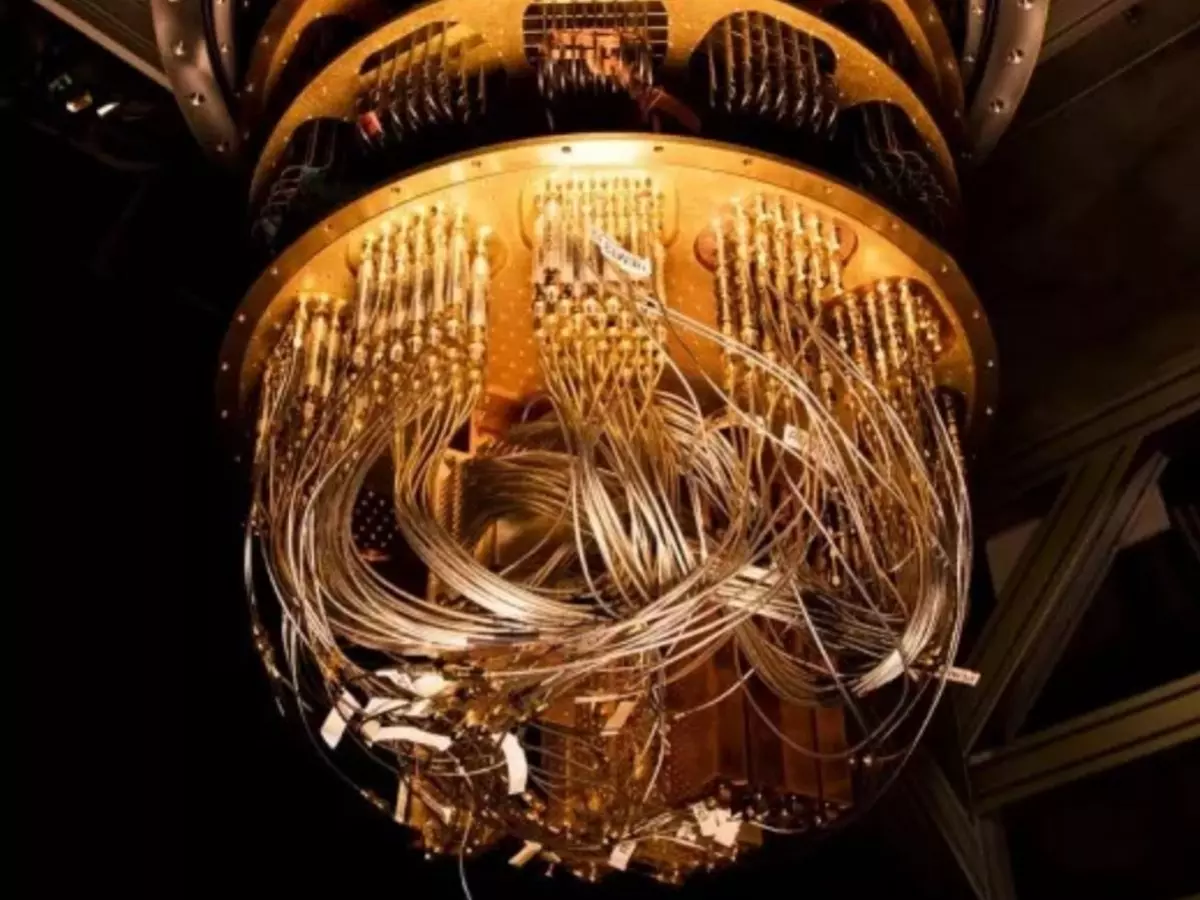Google's Quantum Computer Helps Scientists Create Physics-Defying 'Time Crystal'
Scientists working on Google's quantum computer recently created a time crystal. What is a time crystal and how did they create one?

Did scientists working with Google recently create a "time crystal" using Google's quantum computer? It seems so. Time crystals are basically a phase of matter, i.e., they will perpetually exist between two states without losing energy.
Why time crystals are perplexing
Straight out of a Rick and Morty episode, time crystals defy one of physics' important tenets. The second law of thermodynamics in physics states that chaos and disorder ("entropy") in an isolated matter must always go up - implying that for something to become more structured, more energy must be put into it.
Terrifyingly enough, these time crystals remain stable and do not just lapse into random chaos, even while continuously being in a state of movement. The research, in collaboration with Google was posted on arXiv, a preprint database on July 28.
 Google
Google
Also read: EU Wants Apple's iOS, Google's Android To Provide Software Updates For Seven Years
The scientists created a time crystal for about 100 seconds using qubits (which is essentially the most basic unit of quantum information) inside Google's Sycamore quantum processor.
The time crystal has birthed a new matter phase, perplexing physicists. The possibility of a time crystal was only posited nine years ago.
How was the time crystal created?
The entropy embedded into every object does not seem to apply to these time crystals, for they continue to move back and forth between two states. Only in quantum mechanics can objects like time crystals exist.
In quantum mechanics, objects act like both the particles and waves at once. The more waves exist in one area, the higher chances become of finding a particle in that region. But owing to the randomness programmed into a qubit, a particle becomes suspended in one spot - becoming localised.
 Google
Google
Also read: South Korea Law Bans Apple, Google's App Store Commission: Can India Learn From It?
This localisation helped in the creation of what we just called time crystals - a phase of matter that remains stable in the face of fluctuations thrown its way. More study of the Google quantum computer could help scientists understand time crystals and the secrets of physics.
For more on the latest in science and tech, keep reading /.
